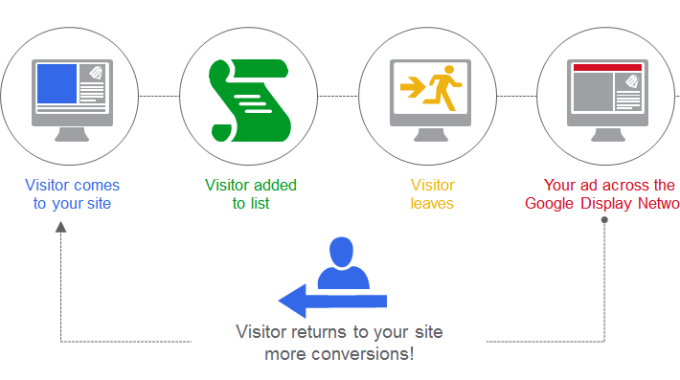Mobile devices predominate in our lives, we use them at home when in front of our TV or when on the go. Given the phenomenal increase in purchases on mobile platforms, marketers now have to adjust their websites to meet the increasing consumers’ expectations.
Space limitations set the tone for adapting websites to mobile ecommerce. Marketers do not have the luxury of displaying complex menus that enable users to browse multilevel categories. Success in mobile e-commerce depends on content, key features and the presence of an easily accessible search box in a consistent location.
Must-have responsive website features
Only a responsive website can meet the challenges of mobile ecommerce. A responsive web design ensures an optimal viewing experience across a wide number of devices (from desktop computer monitors to mobile phones). Thus, the website can provide:
- Top level navigation to a mobile user;
- A search drop-down box;
- Account access;
- Instant cart;
- Store finder.
These features need to be packaged in a very small space that maintains consistency throughout the client’s entire journey. Responsive web design enables for headers to decrease or disappear, thus giving priority to content of interest to the user.
Fixed Navigation vs. Non-Fixed Navigation
- Fixed navigation remains unchanged and visible regardless of whether the mobile user scrolls up or down. Deep sections of a website can be accessed with a simple finger movement.
- Non-Fixed navigation on the other hand becomes visible only when the user is at the top of the page.
Major brands seem to show a preference for fixed navigation for mobile ecommerce applications since it’s more practical for the user. Scrolling back to the top of the page to find the menu bar could annoy customers and make them lose interest.
Mobile shoppers want imagery!
Web users (whether operating on a PC or on a mobile device) need visuals. High quality imagery is essential for inspiring a mobile consumer and convincing him/her to make a purchase. Individual shots, detail shots, components shots, in-use shots, 360° shots and group shots have a fantastic effect, regardless of the type of product/service that you sell.
Moreover, the entire display of the website on a mobile platform needs to be finger friendly. If buttons on the screen are too small to target accurately, your website would offer an unsatisfactory experience to the user. Precise touch is vital for mobile e-commerce websites!
Insure typography consistency across all devices!
Pinching and zooming to read a text on the phone could be extremely annoying for a mobile shopper. Marketers need to adapt their websites so that they match good legibility conditions. Otherwise mobile ecommerce efforts are compromised from the start.
Web design should focus on responsive typography to cover the following issues:
– Make the text accessible;
– Provide font color accessibility avoiding low contrast that makes text unreadable;
– Make headlines responsive;
– Fit the text in the screen width of the device.
Without adapting websites to provide easy access on all sorts of desktop and mobile platforms, businesses lose customers and are doomed to fail. Therefore, the demand for responsive web design is higher than ever with an incredible insistence on bringing the online shopping experience on the tip of the finger.



